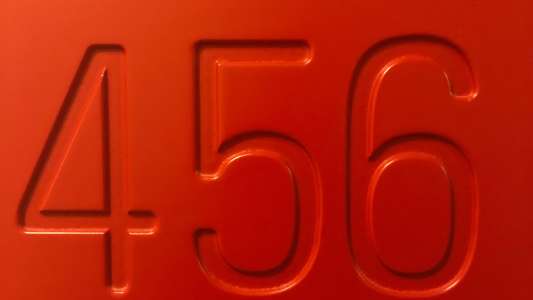Expressing mixed fractions as improper fractions
When working with fractions, we’re working with a numerical quantity that is not a whole, but tells us how many equal parts of a whole we have.
The most common form is a proper fraction, in which the numerator (the number above the dividing line) is smaller than the denominator (the number below the dividing line) e.g. 1/4.
However, you’ll also come across mixed fractions and improper fractions.
A mixed fraction, also known as a mixed number, is made up of a whole number followed by a fractional part, e.g. 2 2/4.
An improper fraction is a fraction where the denominator is equal to or greater than the numerator, e.g. 11/5. It is a different way of writing a mixed fraction, where the whole number is not shown separately.
For every mixed fraction, there is an equivalent improper fraction, and vice versa. Whilst mixed fractions are useful in daily life, when they appear in mathematical calculations it is easier to convert them to improper fractions first.
The process for converting a mixed fraction into an improper fraction is straightforward. You just need to remember three simple steps to master this key mathematical skill.
Step 1: Multiply the whole number by the denominator
Say you’re asked to express 4 2/3 as an improper fraction. First take the whole number, in this case 4, and multiply it by the denominator of the fractional part, in this case 3:
4 x 3 = 12
The number 12 is what we take as our resulting product.
Step 2: Add the product to the numerator
Next, take the resulting product of 12 and add it to the numerator of the fractional part, which in our example of 4 2/3 is 2:
12 + 2 = 14
The result here becomes the numerator of the improper fraction.
Step 3: Write the new numerator over the original denominator
The final step is to place the new numerator over the original denominator from the mixed fraction.
In our example, this gives us 14/3.
So, 4 2/3 expressed as an improper fraction is 14/3, each representation holding the same value.
Example questions
Here’s a couple of example questions for you to try out yourself. Although we’ve explained the process in three steps, finding the numerator for an improper fraction can be done in one simple equation:
(whole number x denominator) + numerator
It’s then just a case of placing the resulting figure over the original denominator.
Example question 1
Express the mixed fraction 24 5/6 as an improper fraction.
Using one single equation, multiply the whole number by the denominator of the fractional part and add the numerator of the fractional part:
(24 x 6) + 5 = 149
Now write the resulting figure over the original denominator of the mixed fraction to find the equivalent improper fraction: 149/6.
So, 24 5/6 expressed as an improper fraction is 149/6.
Example question 2
Express the mixed fraction 106 7/8 as an improper fraction.
Again, using one equation, multiply the whole number by the denominator and then add on the numerator:
(106 x 8) + 7 = 855
Now take the resulting figure, placing it over the original denominator to find the improper fraction of 855/8.
106 7/8 expressed as an improper fraction is 855/8.

